Enhanced FANO Structure Based on Tip-Field-Enhancement Theory
Abstract
1. Introduction
2. Simulations
3. Experiments and Discussion
4. Conclusions
Author Contributions
Funding
Conflicts of Interest
References
- Chang, C.C.; Huang, L.; Nogan, J.; Chen, H.T. Narrowband terahertz bandpass filters employing stacked bilayer metasurface antireflection structures. APL Photonics 2018, 3, 051602. [Google Scholar] [CrossRef]
- Zhang, Y.; Zhao, Y.; Liang, S.; Zhang, B.; Wang, L.; Zhou, T.; Kou, W.; Lan, F.; Zeng, H.; Han, J.; et al. Large phase modulation of THz wave via an enhanced resonant active HEMT metasurface. Nanophotonics 2019, 8, 153–170. [Google Scholar] [CrossRef]
- Zhao, Y.; Zhang, Y.; Shi, Q.; Liang, S.; Huang, W.; Kou, W.; Yang, Z. Dynamic Photoinduced Controlling of the Large Phase Shift of Terahertz Waves via Vanadium Dioxide Coupling Nanostructures. ACS Photonics 2018, 5, 3040–3050. [Google Scholar] [CrossRef]
- Zhao, W.; Jiang, H.; Liu, B.; Jiang, Y.; Tang, C.; Li, J. Fano resonance based optical modulator reaching 85% modulation depth. Appl. Phys. Lett. 2015, 107, 171109. [Google Scholar] [CrossRef]
- Shen, N.; Tassin, P.; Koschny, T.; Soukoulis, C.M. Comparison of gold- and graphene-based resonant nanostructures for terahertz metamaterials and an ultrathin graphene-based modulator. Phys. Rev. B 2014, 90, 115437. [Google Scholar] [CrossRef]
- Keiser, G.R.; Karl, N.; Liu, P.Q.; Tulloss, C.; Chen, H.-T.; Taylor, A.J.; Brener, I.; Reno, J.L.; Mittleman, D.M. Nonlinear terahertz metamaterials with active electrical control. Appl. Phys. Lett. 2017, 111, 121101. [Google Scholar] [CrossRef]
- Awang, R.A.; Tovar-Lopez, F.J.; Baum, T.; Sriram, S.; Rowe, W.S.T. Meta-atom microfluidic sensor for measurement of dielectric properties of liquids. Phys. Rev. Appl. 2017, 121, 094506. [Google Scholar] [CrossRef]
- Roh, Y.; Lee, S.; Kang, B.; Wu, J.W.; Ju, B.; Seo, M. Terahertz optical characteristics of two types of metamaterials for molecule sensing. Optics Express 2019, 27, 19042. [Google Scholar] [CrossRef]
- Xu, H.; Zhao, M.; Chen, Z.; Zheng, M.; Xiong, C.; Zhang, B.; Li, H. Sensing analysis based on tunable Fano resonance in terahertz graphene-layered metamaterials. J. Appl. Phys. 2018, 123, 203103. [Google Scholar] [CrossRef]
- Srivastava, Y.K.; Cong, L.; Singh, R. Dual-surface flexible THz Fano metasensor. Appl. Phys. Lett. 2017, 111, 201101. [Google Scholar] [CrossRef]
- Miyazaki, H.T.; Kasaya, T.; Iwanaga, M.; Choi, B.; Sugimoto, Y.; Sakoda, K. Dual-band infrared metasurface thermal emitter for CO2 sensing. Appl. Phys. Lett. 2014, 105, 121107. [Google Scholar] [CrossRef]
- Wang, H.; Li, Y.; Han, Y.; Fan, Y.; Sui, S.; Chen, H.; Wang, J.; Cheng, Q.; Cui, T.; Qu, S. Vortex beam generated by circular-polarized metasurface reflector antenna. J. Phys. D Appl. Phys. 2019, 121, 094506. [Google Scholar] [CrossRef]
- Wang, J.; Wang, S.; Singh, R.; Zhang, W. Metamaterial inspired terahertz devices: From ultra-sensitive sensing to near field manipulation. COL 2013, 11, 011602. [Google Scholar]
- Fedotov, V.A.; Rose, M.; Prosvirnin, S.L.; Papasimakis, N.; Zheludev, N.I. Sharp Trapped-Mode Resonances in Planar Metamaterials with a Broken structural Symmetry. Phys. Rev. Lett. 2007, 99, 147401. [Google Scholar] [CrossRef] [PubMed]
- Gu, Z.; Zhao, Z.; Zhao, H.; Peng, W.; Zhang, J.; Shi, W. Fano-resonance collapse induced terahertz magnetic dipole oscillation in complementary meta-atoms via local symmetry breaking. J. Appl. Phys. 2019, 125, 143102. [Google Scholar] [CrossRef]
- Singh, R.; Cao, W.; Al-Naib, I.; Cong, L.; Withayachumnankul, W.; Zhang, W. Ultrasensitive terahertz sensing with high-Q Fano resonances in metasurfaces. Appl. Phys. Lett. 2014, 105, 171101. [Google Scholar] [CrossRef]
- Singh, R.; Al-Naib, I.A.I.; Koch, M.; Zhang, W. Sharp Fano resonances in THz metamaterials. Optics Express 2011, 19, 6312–6319. [Google Scholar] [CrossRef]
- Shen, Z.X.; Zhou, S.H.; Ge, S.J.; Hu, W.; Lu, Y.Q. Liquid crystal enabled dynamic cloaking of terahertz Fano resonators. Appl. Phys. Lett. 2019, 114, 041106. [Google Scholar] [CrossRef]
- Aydin, K.; Pryce, I.M.; Atwater, H.A. Symmetry breaking and strong coupling in planar optical metamaterials. Optics Express 2010, 18, 13407. [Google Scholar] [CrossRef]
- Miyamaru, F.; Kubota, S.; Nakanishi, T.; Kawashima, S.; Sato, N.; Kitano, M.; Takeda, M.W. Transmission properties of double-gap asymmetric split ring resonators in terahertz region. Appl. Phys. Lett. 2012, 101, 051112. [Google Scholar] [CrossRef][Green Version]
- Khanikaev, A.B.; Mousavi, S.H.; Wu, C.; Dabidian, N.; Alici, K.B.; Shvets, G. Fano-resonant Electrically Connected Meta-surfaces with High Quality Factors. In Proceedings of the Quantum Electronics and Laser Science Conference, San Jose, CA, USA, 6–11 May 2012. [Google Scholar] [CrossRef]
- Fan, Y.; Wei, Z.; Li, H.; Chen, H.; Soukoulis, C.M. Low-loss and high-Q planar metamaterial with toroidal moment. Phys. Rev. B 2013, 87, 115417. [Google Scholar] [CrossRef]
- Srivastava, Y.K.; Singh, R. Impact of conductivity on Lorentzian and Fano resonant high-Q THz metamaterials: Superconductor, metal and perfect electric conductor. J. Appl. Phys. 2017, 122, 183104. [Google Scholar] [CrossRef]
- Rybin, M.V.; Koshelev, K.L.; Sadrieva, Z.F.; Samusev, K.B.; Bogdanov, A.A.; Limonov, M.F.; Kivshar, Y.S. High-Q Supercavity Modes in Subwavelength Dielectric Resonators. Phys. Rev. Lett. 2017, 199, 243901. [Google Scholar] [CrossRef]
- Zhang, F.; Huang, X.; Zhao, Q.; Chen, L.; Wang, Y.; Li, Q.; He, X.; Li, C.; Chen, K. Fano resonance of an asymmetric dielectric wire pair. Appl. Phys. Lett. 2014, 105, 172901. [Google Scholar] [CrossRef]
- Parry, M.; Komar, A.; Hopkins, B.; Campione, S.; Liu, S.; Miroshnichenko, A.E.; Nogan, J.; Sinclair, M.B.; Brener, I.; Neshev, D.N. Active tuning of high-Q dielectric metasurfaces. Appl. Phys. Lett. 2017, 111, 053102. [Google Scholar] [CrossRef]
- Karmakar, S.; Varshney, R.K.; Chowdhury, D.R. Theoretical investigation of active modulation and enhancement of Fano resonance in THz metamaterials. OSA Continuum 2019, 2, 531–539. [Google Scholar] [CrossRef]
- Koshelev, K.; Lepeshov, S.; Liu, M.; Bogdanov, A.; Kivshar, Y. Asymmetric Metasurfaces with High-Q Resonances Governed by Bound States in the Continuum, metal and perfect electric conductor. Phys. Rev. Lett. 2018, 121, 193903. [Google Scholar] [CrossRef]
- Rana, G.; Deshmukh, P.; Palkhivala, S.; Gupta, A.; Duttagupta, S.P.; Prabhu, S.S.; Achanta, V.; Agarwal, G.S. Quadrupole-Quadrupole Interactions to Control Plasmon-Induced Transparency. Phys. Rev. Appl. 2018, 9, 064015. [Google Scholar] [CrossRef]
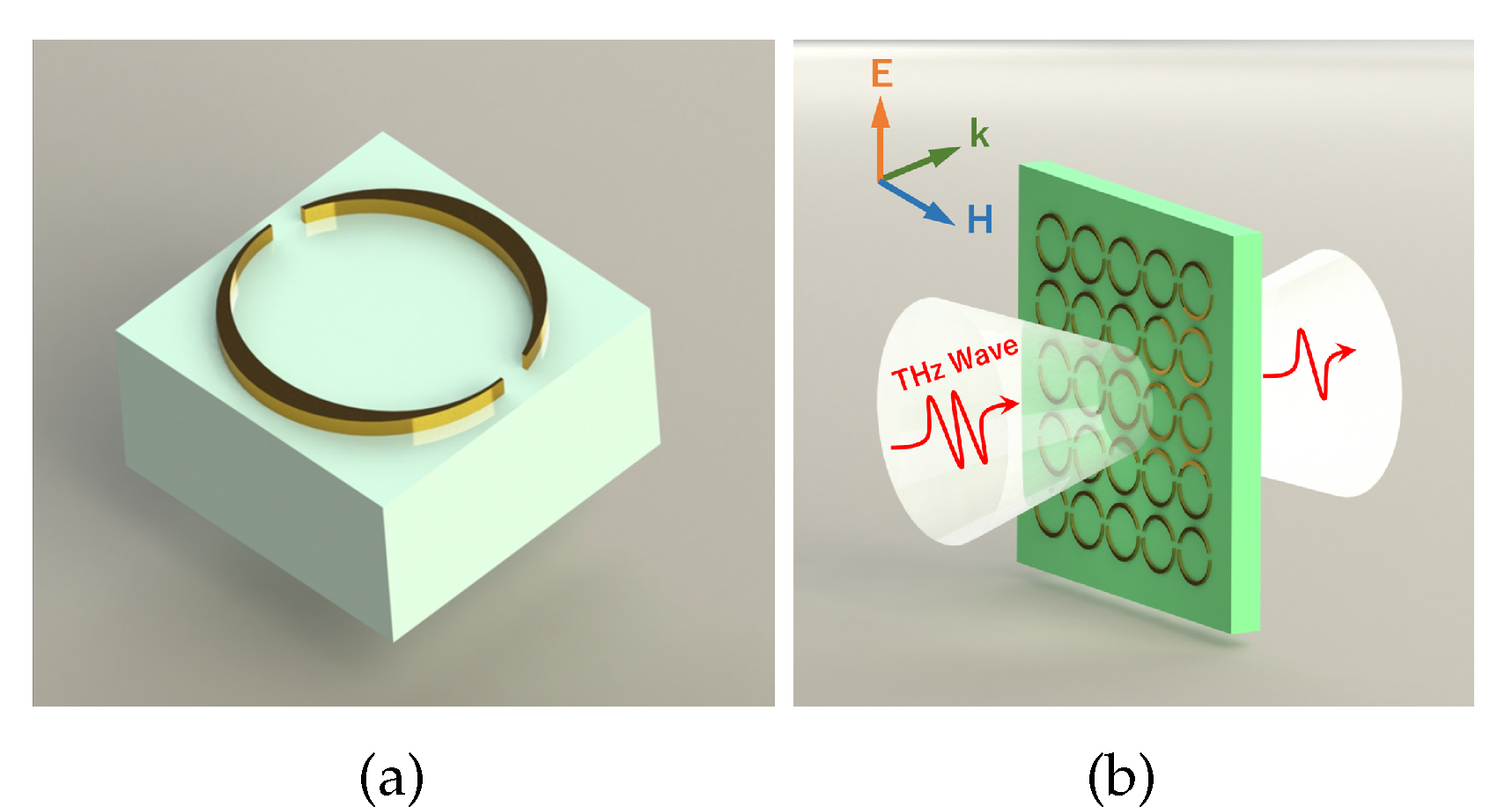
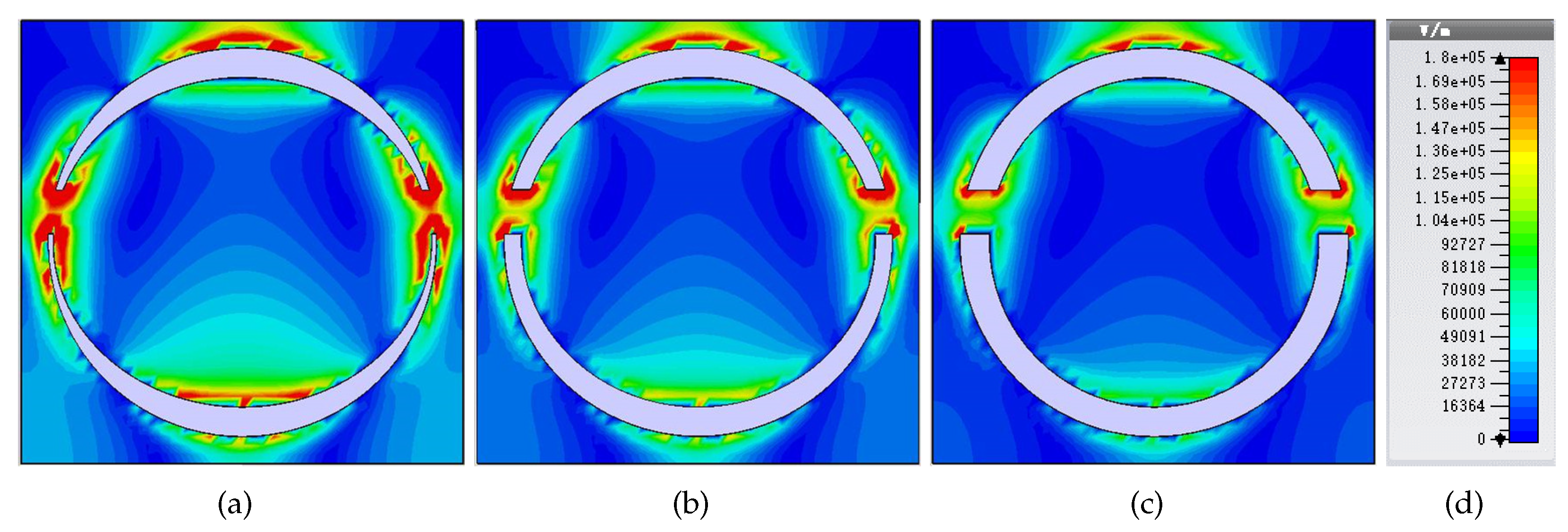
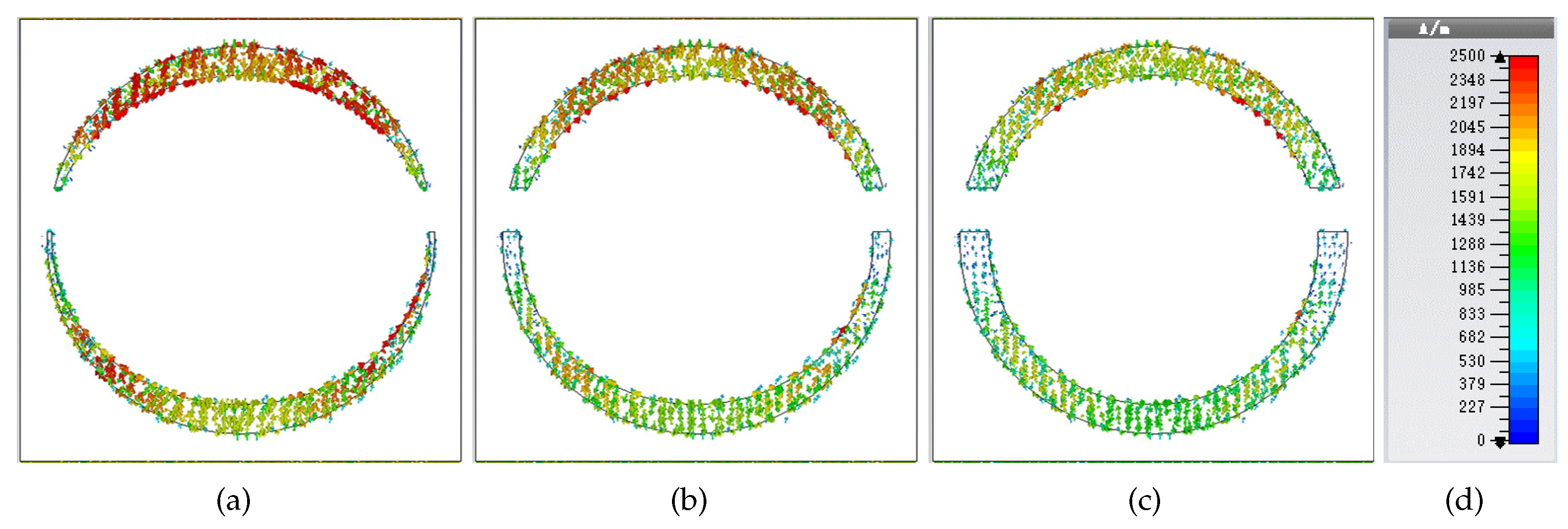
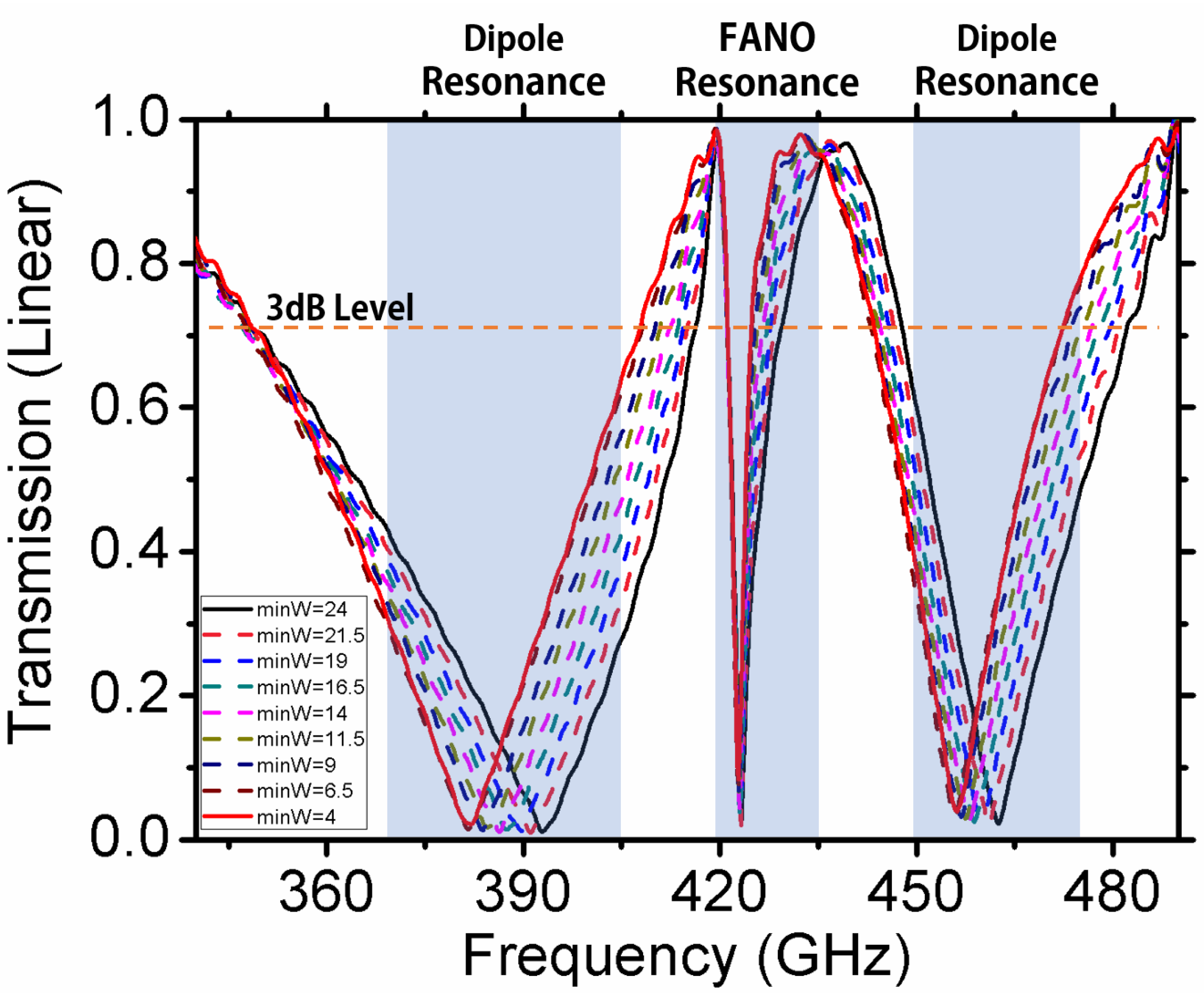
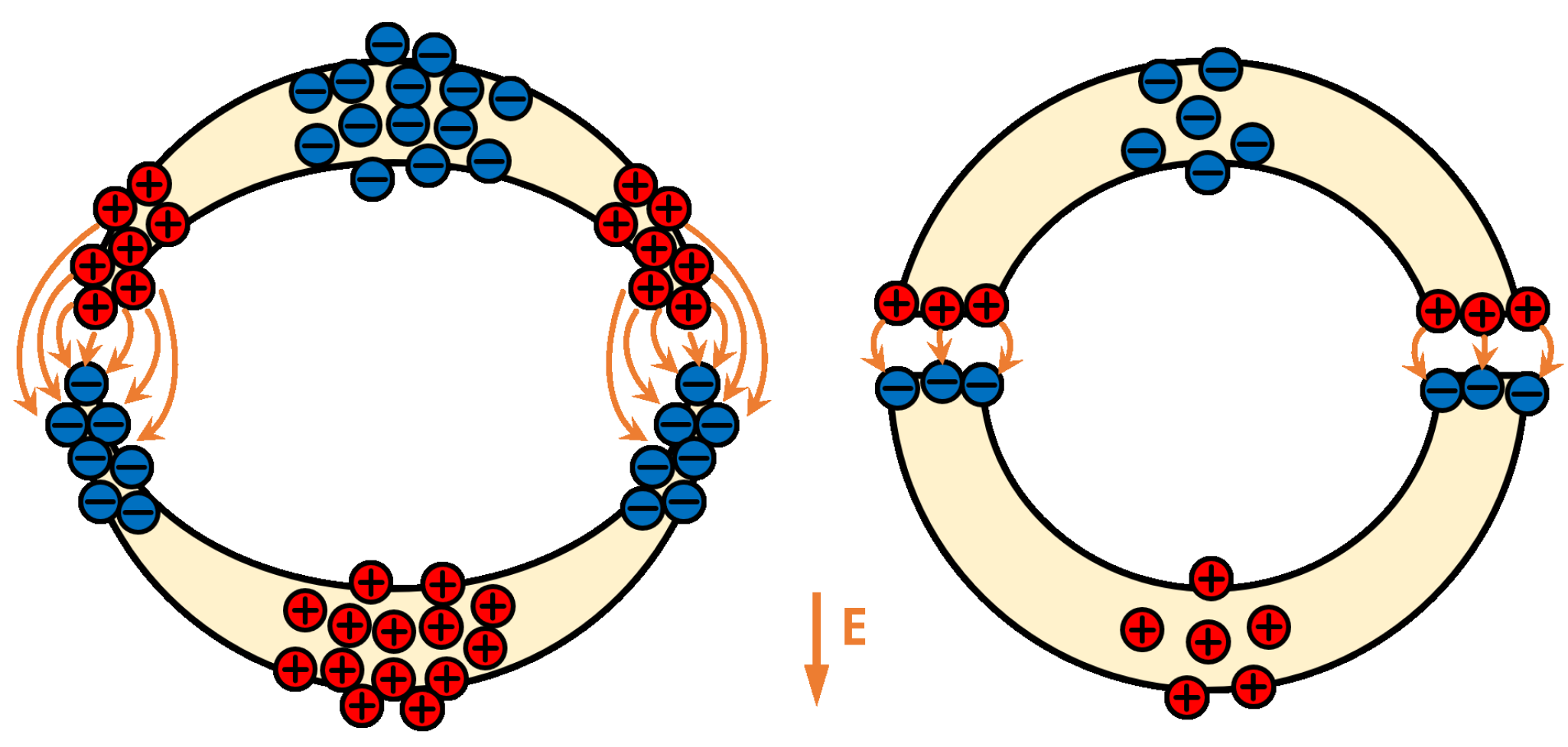
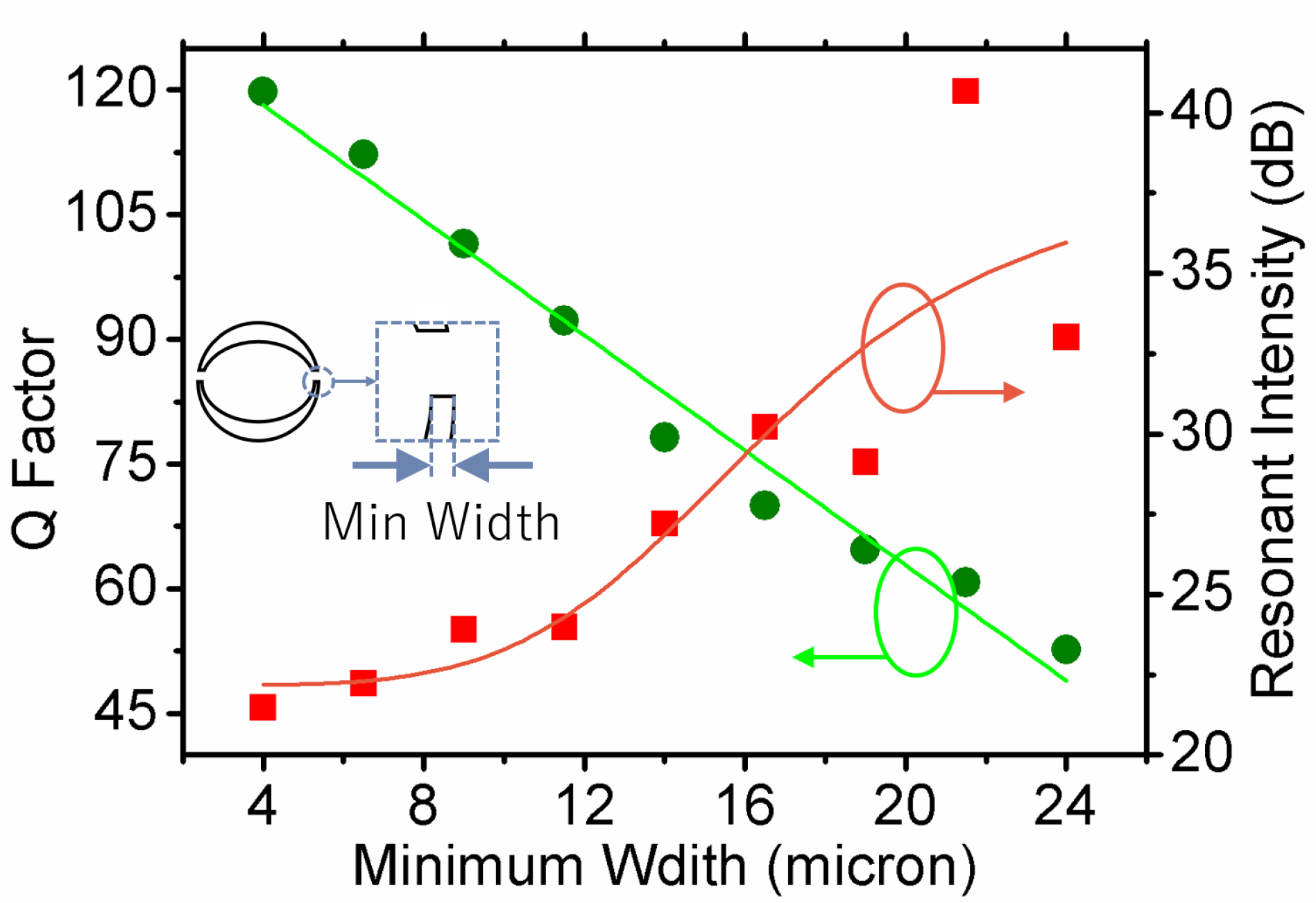
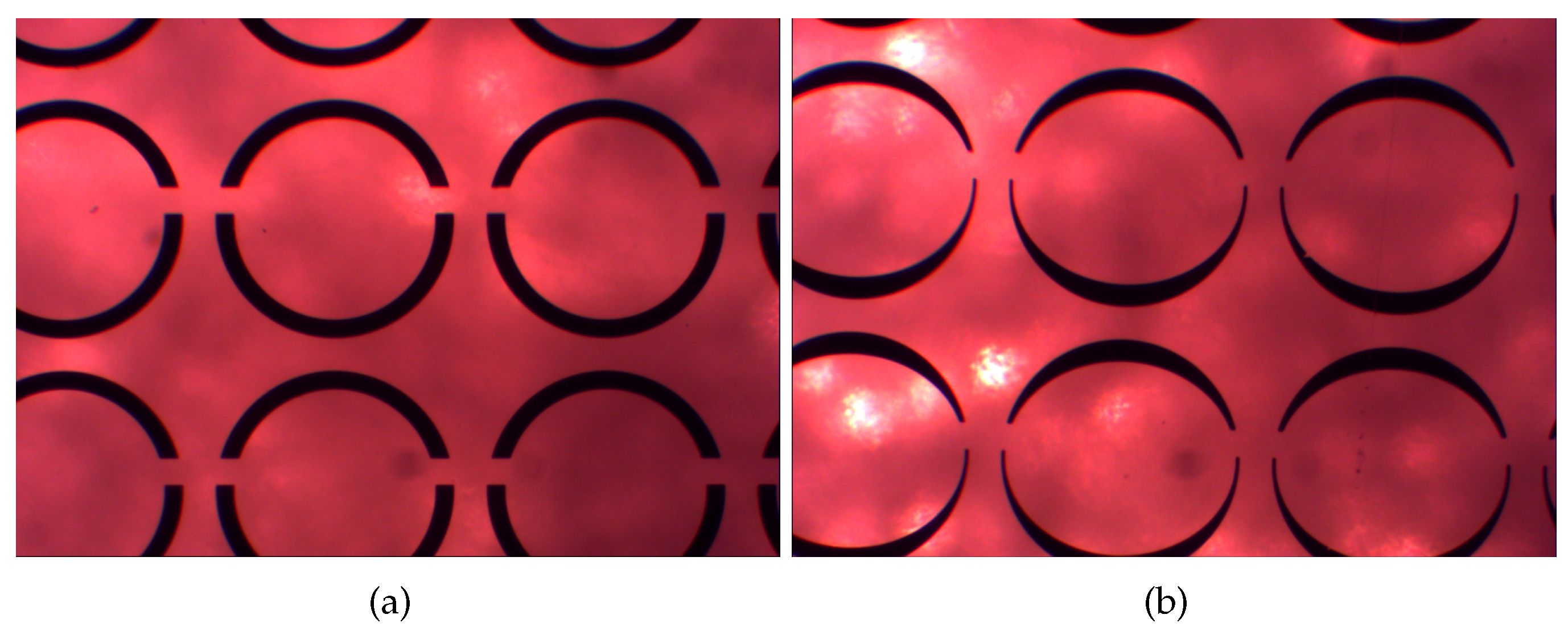
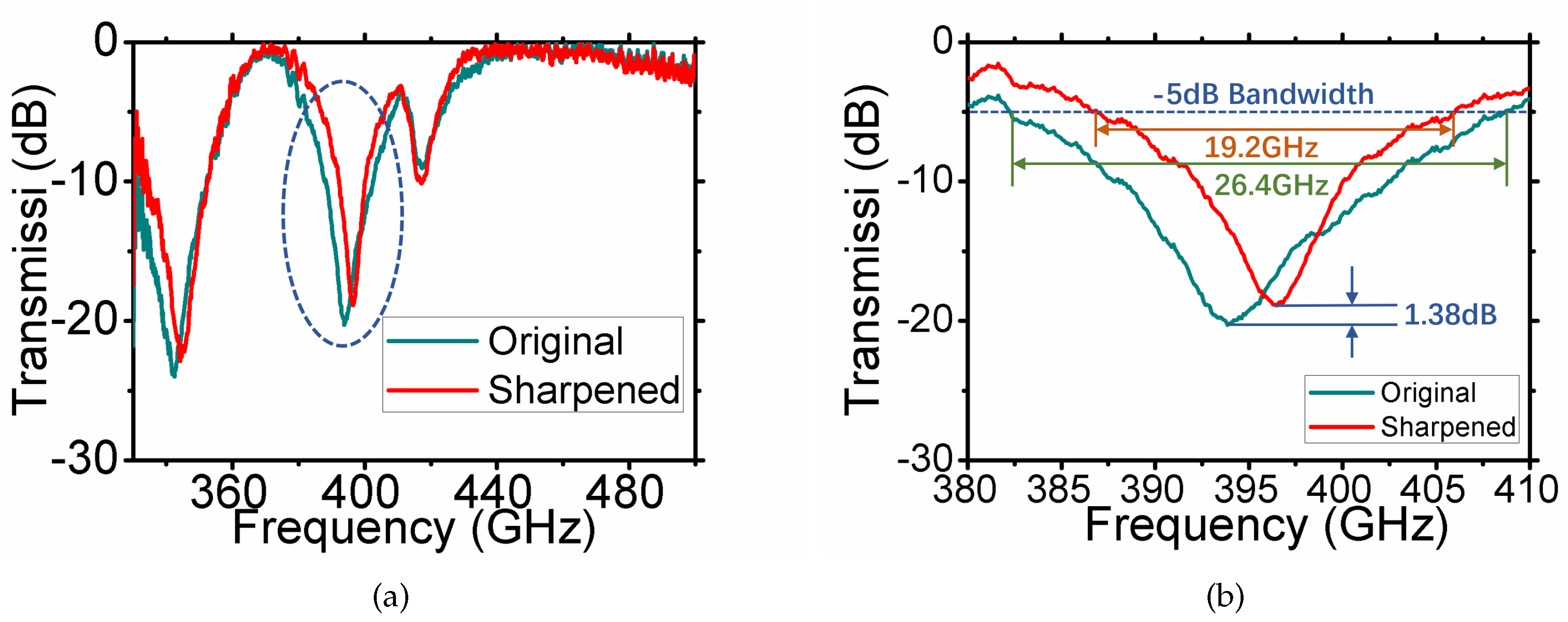
© 2019 by the authors. Licensee MDPI, Basel, Switzerland. This article is an open access article distributed under the terms and conditions of the Creative Commons Attribution (CC BY) license (http://creativecommons.org/licenses/by/4.0/).
Share and Cite
Zhou, T.; Zhang, B.; Zhang, Y.; Shu, C.; Liang, S.; Wang, L.; Song, K. Enhanced FANO Structure Based on Tip-Field-Enhancement Theory. Appl. Sci. 2019, 9, 5009. https://doi.org/10.3390/app9235009
Zhou T, Zhang B, Zhang Y, Shu C, Liang S, Wang L, Song K. Enhanced FANO Structure Based on Tip-Field-Enhancement Theory. Applied Sciences. 2019; 9(23):5009. https://doi.org/10.3390/app9235009
Chicago/Turabian StyleZhou, Tianchi, Bo Zhang, Yaxin Zhang, Chao Shu, Shixiong Liang, Lan Wang, and Kaijun Song. 2019. "Enhanced FANO Structure Based on Tip-Field-Enhancement Theory" Applied Sciences 9, no. 23: 5009. https://doi.org/10.3390/app9235009
APA StyleZhou, T., Zhang, B., Zhang, Y., Shu, C., Liang, S., Wang, L., & Song, K. (2019). Enhanced FANO Structure Based on Tip-Field-Enhancement Theory. Applied Sciences, 9(23), 5009. https://doi.org/10.3390/app9235009




